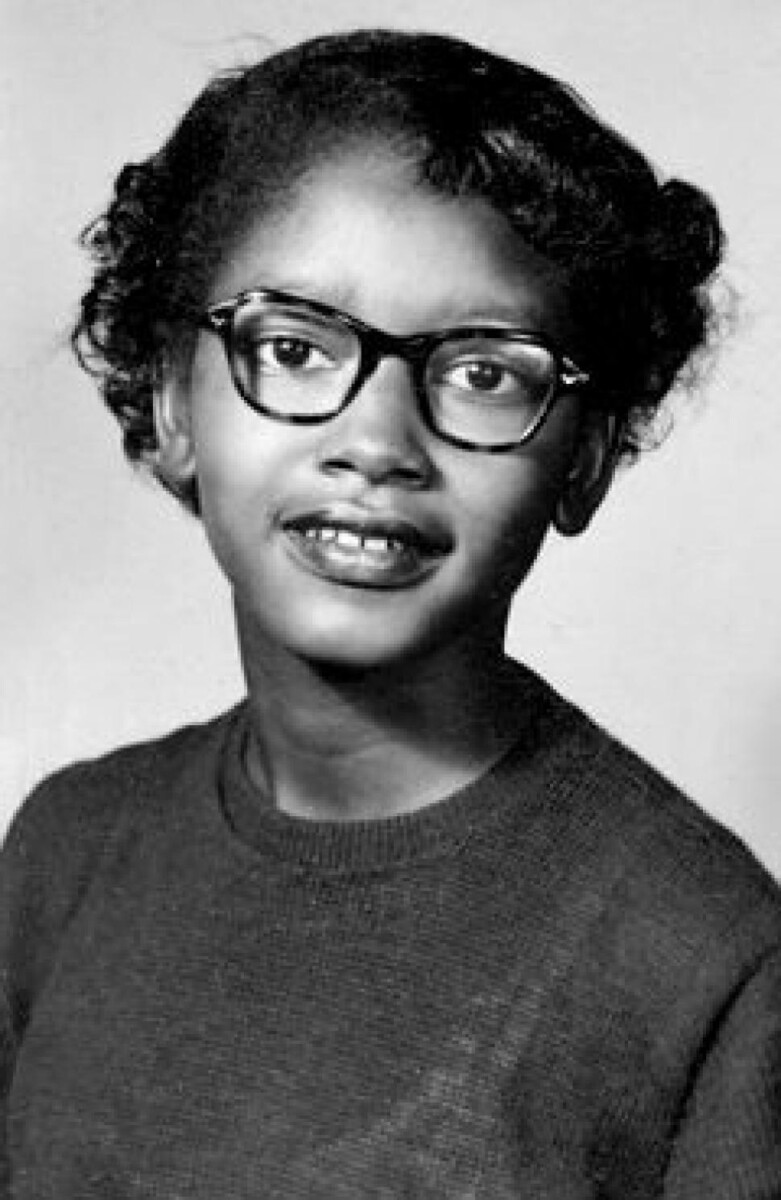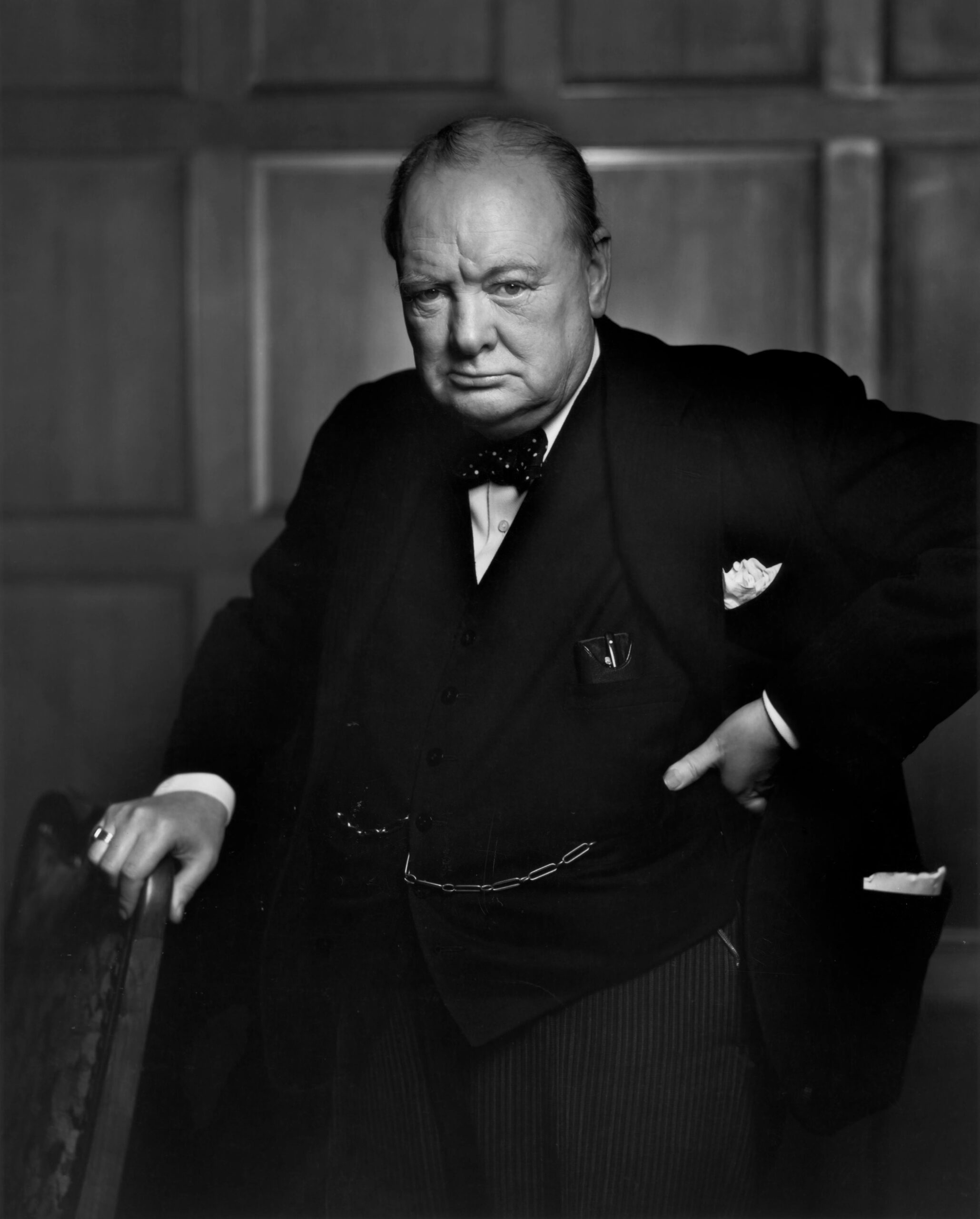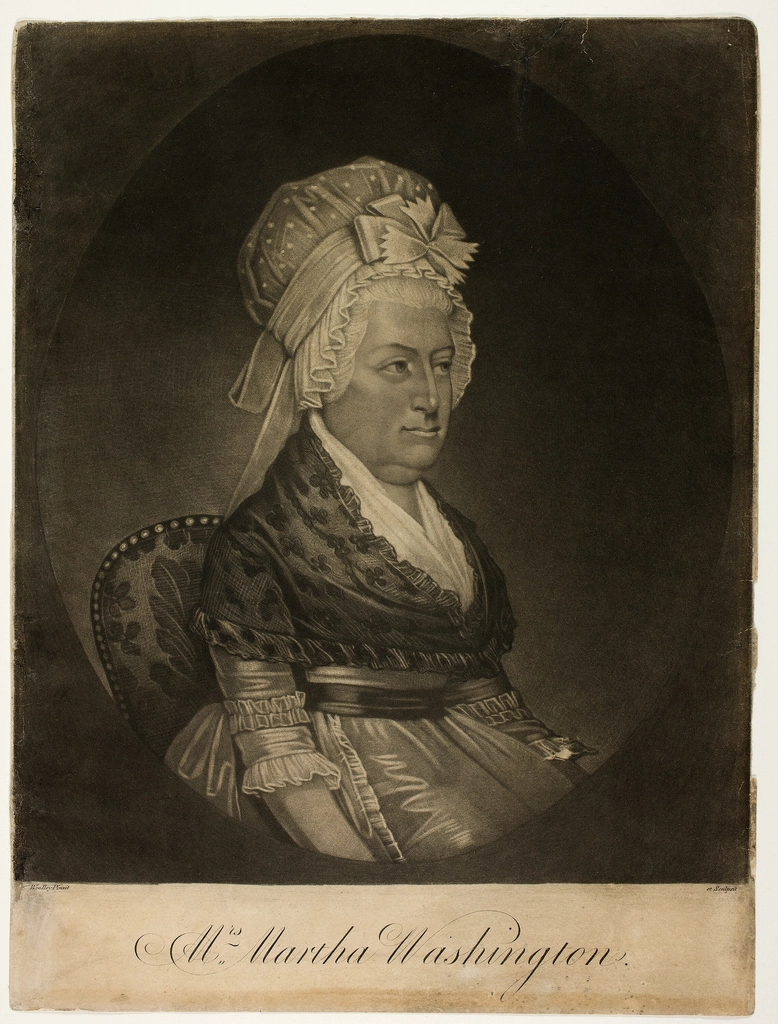Frances Perkins – The Architect of America’s Safety Net

Most Americans enjoy Social Security benefits, minimum wage protections, and unemployment insurance without knowing they owe these safeguards to one extraordinary woman. Frances Perkins became the first woman ever to serve in a presidential cabinet when Franklin D. Roosevelt appointed her as Secretary of Labor in 1933, where she remained as a loyal supporter throughout his presidency. If you work for a living, you owe every comfort—every safety measure, every break, every vacation day—to Frances Perkins.
The longest serving Secretary of Labor in United States history, Secretary Perkins was the architect of many programs and standards—including a minimum wage, overtime pay, unemployment insurance, and prohibitions on child labor—that have endured as the backbone of Federal support for workers and families and continue to benefit millions of Americans today. In December 2024, the site was named a National Monument by President Joe Biden, finally recognizing her immense contribution to American society.
Granville T. Woods – The Black Edison Who Transformed Rail Safety

Granville T. Woods was a key African American inventor of electrical and communication systems who secured over 50 patents despite racial barriers and earned the nickname “Black Edison”. His inventions literally saved countless lives on America’s railroads during the dangerous era of westward expansion. Woods’ key invention was the multiplex telegraph, which allowed multiple messages to be sent over one wire at the same time, allowing moving trains to talk to each other, preventing accidents and saving countless lives.
Think about it – before Woods’ invention, trains were essentially racing blind across the country with no way to communicate. Granville T. Woods was a brilliant inventor who created the induction telegraph which allowed trains to communicate with each other while in motion, and over 50 other groundbreaking inventions, though other inventors, including Thomas Edison, tried to steal his ideas and pass them off as their own, and he died in relative obscurity, not getting the recognition he deserved due to his race.
Katherine Johnson – The Mathematical Genius Who Launched America to the Moon

When astronaut John Glenn was preparing for America’s first orbital flight, he had one crucial demand that would determine the mission’s success. Before John Glenn flew Friendship 7 in 1962, becoming the first American to orbit Earth, he asked Johnson to double-check the math of the “new electronic” computations, saying “Call her. And if she says the computer is right, I’ll take it”. This “her” was Katherine Johnson, a brilliant African American mathematician whose calculations were more trusted than early computers.
In a Congressional Gold Medal ceremony held on September 18, 2024, NASA’s Hidden Figures were honored for their achievements during the space race, with Congressional Gold Medals awarded to Katherine Johnson, Dr. Christine Darden, Dorothy Vaughan, and Mary W. Jackson in recognition of their service to the United States. Born in White Sulphur Springs, West Virginia, in 1918, her intense curiosity and brilliance with numbers vaulted her ahead several grades in school, and by 13, she was attending the high school on the campus of historically black West Virginia State College.
Henrietta Wood – The Forgotten Slavery Restitution Pioneer

Long before modern discussions of reparations, one remarkable woman achieved something almost unthinkable in post-Civil War America. In 1878, a black woman named Henrietta Wood won an early and largely unknown case of restitution for slavery, having been born enslaved in Kentucky in 1818 or 1820, but was living as a free woman in Cincinnati in 1853 when she was kidnapped and re-enslaved by a white Kentuckian named Zebulon Ward.
In 1869, Wood returned to Cincinnati and filed a lawsuit against Ward for $20,000 in damages and lost wages, and a federal court handed her a verdict for $2,500, an amount worth $60,000 today – the largest known sum ever awarded by a U.S. court in restitution for slavery, receiving widespread press coverage at the time but forgotten by almost everyone except Wood and her son, who went on to become a lawyer in Chicago.
Claudette Colvin – The Teenage Heroine Before Rosa Parks

Nine months before Rosa Parks famously refused to give up her bus seat, a fifteen-year-old girl made the same courageous stand that would spark the Montgomery Bus Boycott. Her testimony in the landmark court case, Browder v. Gayle, helped end bus segregation in Montgomery, making her a key figure in the fight for African-American equality, but she didn’t receive the same recognition because she was single and pregnant at the time, though Claudette Colvin’s courage shows the powerful impact young people can have on the world.
Civil rights leaders worried that a pregnant teenager wouldn’t make the ideal symbol for their movement, so they waited for someone more “suitable.” Colvin’s testimony in the landmark court case Browder v. Gayle played an instrumental role in ending bus segregation in Montgomery, marking her as a foundational figure in the African-American struggle for equality, though often overlooked, Claudette Colvin exemplifies the profound impact young people can have on the world.
Mary Lou Williams – Jazz’s Unsung Architect

While Duke Ellington and Count Basie get the glory, one woman quietly shaped multiple generations of jazz legends without receiving her due recognition. A prodigious American jazz pianist, composer, and arranger, Mary Lou Williams remains one of music’s most understated treasures who throughout her dynamic career spanning several decades, broke barriers in the jazz world, a domain predominantly led by her male counterparts, and was not only at the forefront of various jazz movements, including swing, bebop, and sacred jazz, but also played a major role in mentoring and shaping the careers of jazz legends such as Thelonious.
Williams didn’t just play jazz – she helped create it, evolve it, and teach it to the next generation. Her Kansas City apartment became a legendary meeting place where young musicians would come to learn from her vast knowledge and experience. She arranged music for some of the biggest names in the business and composed hundreds of songs that became jazz standards.
Zora Neale Hurston – The Anthropologist Who Captured Black Culture

American author Zora Neale Hurston emerged as a dominant figure in the Harlem Renaissance by infusing the literary world with her vibrant portrayals of African-American life, her work in anthropology captured the rich tapestry of Black folklore, and masterful storytelling in novels such as Their Eyes Were Watching God showcases her profound impact on American literature and culture, with Hurston’s ability to weave narrative and cultural history together, challenging the era’s racial prejudices.
While other Harlem Renaissance writers focused on proving Black intellectual equality to white audiences, Hurston celebrated Black culture on its own terms. She traveled throughout the South collecting folktales, songs, and stories that might have been lost forever. Her anthropological work preserved an entire cultural heritage that would have otherwise disappeared into history.
Vince Coleman – The Train Dispatcher Hero of Halifax

Sometimes heroism comes in the final moments of life, when someone chooses to save others instead of themselves. Patrick was a train dispatcher in Nova Scotia when two ships collided in the Halifax Port (1917), one of the ships was carrying munitions and lit on fire, and Patrick stayed at his post to warn oncoming trains and died in the resulting explosion.
His final message was “Hold up the train. Ammunition ship afire in harbor making for Pier 6 and will explode. Guess this will be my last message. Good-bye boys.” That message saved hundreds of lives, preventing a passenger train from entering the area just before the massive explosion that leveled much of Halifax. Coleman died at his post, but his sacrifice prevented an even greater catastrophe.
Percy Julian – The Chemist Who Revolutionized Medicine

Born on April 11, 1899, Percy Julian was a pioneering Black chemist whose work transformed modern medicine in ways that still benefit millions today. His race has a lot to do with this since any white scientist with a similar list of accomplishments would’ve certainly become a household name, unlike his much more famous counterparts, Julian didn’t spend most of his career at a college but in a corporation (mostly because he couldn’t get an academic position after a scandal got him fired from Howard University and he didn’t have a good chance getting hired anywhere else mostly because he was black and this was pre-Civil Rights Era), and working in a corporation isn’t going to help a scientist’s chances receiving a Nobel Prize which Percy Julian certainly didn’t receive (but definitely deserved).
Julian synthesized hormones and steroids from plants, making life-saving medications affordable for ordinary people. His work on cortisone helped treat rheumatoid arthritis, and his synthesis of physostigmine led to treatments for glaucoma. Despite facing constant discrimination, he became one of the first African Americans to receive a doctorate in chemistry.
Corrie ten Boom – The Watchmaker Who Saved 800 Lives

Born on April 15, 1892, in the Netherlands, Corrie ten Boom was a Dutch watchmaker who saved 800 Jewish people during World War II, and as members of the Dutch resistance, ten Boom and her family opened up their home and provided shelter to Dutch Jews fleeing the Nazis, though ten Boom, her father, and her sister were eventually found out and sent to concentration camps, and though ten Boom’s father and sister perished, ten Boom survived and lived until April 15, 1983, with all three recognized as one of Yad Vashem’s Righteousness Among the Nations.
Her family’s watch shop became a secret hub of resistance activity, with a hidden room behind a false wall where Jewish refugees could hide during Nazi raids. When the Gestapo finally caught them, ten Boom’s faith sustained her through the horrors of Ravensbrück concentration camp. After the war, she spent decades traveling the world, sharing her message of forgiveness and hope.
Paul Alexander – The Man Who Lived in an Iron Lung

Born on Jan. 30, 1946, in Dallas, Texas, Paul Alexander spent the majority of his life in an iron lung after contracting polio at the age of six in 1952, which paralyzed him from the neck down for the rest of his life, yet despite this, Alexander became a lawyer, wrote a memoir, and became active on social media before dying in 2024 shortly after contracting COVID-19.
Alexander refused to let his disability define his limitations. He learned to breathe without the iron lung for short periods, earned a law degree, and practiced as an attorney for nearly three decades. His story became an inspiration to millions, showing that physical limitations don’t have to limit human potential or achievement.
Grace Hopper – The Computer Pioneer Who Invented Modern Programming

She invented the compiler, coined the term debugging, and was one of the highest ranking females in US military history. Rear Admiral Grace Hopper revolutionized computing in ways that make modern technology possible, yet most people have never heard of her groundbreaking contributions.
Hopper believed that computer programming should be accessible to people who weren’t mathematicians, so she developed the first compiler that could translate English-like commands into machine code. This innovation led directly to modern programming languages. She literally found the first computer “bug” – an actual moth stuck in a relay – and coined the term that programmers still use today.
Ignaz Semmelweis – The Doctor Who Discovered Hand Washing

A Hungarian physician, he discovered that hand washing in maternity wards decreased mortality by nearly 90%. This seems obvious today, but in the 1840s, suggesting that gentlemen doctors had dirty hands was considered insulting and absurd.
Semmelweis noticed that wards staffed by midwives had much lower death rates than those run by doctors and medical students. He realized that doctors who went straight from autopsies to delivering babies were carrying “cadaverous particles” on their hands. When he instituted mandatory hand washing with chlorinated lime, death rates plummeted dramatically. Instead of celebrating his discovery, the medical establishment rejected him, and he died in an asylum, vindicated only after Pasteur proved germ theory decades later.
The Oneida Nation – America’s Revolutionary War Saviors

When George Washington’s Continental Army was starving to death at Valley Forge during the brutal winter of 1777-78, salvation came from an unexpected source. During the Revolutionary War, the Oneida allies of the revolutionary army walked hundreds of miles from their homeland in what is now upstate New York to relieve the famine at Valley Forge in the winter of 1777-78, they carried hundreds of bushels of white corn on their backs and, once in George Washington’s encampment, they taught the revolutionaries how to prepare it so it was edible, and thus saved the starving army, but the role tribal nations played on the side of the United States during that conflict has been largely ignored.
Perhaps most ignobly, Washington himself seems to have forgotten his allies: immediately after the war he burned and destroyed dozens of Iroquois villages in upstate New York to make way for settlement and in indiscriminate retribution for the help some tribes gave the British. The very people who saved the Revolution were repaid with destruction and displacement, a betrayal that exemplifies how Indigenous contributions to American history have been systematically erased.
The Power of Recognition

These forgotten figures remind us that history isn’t just written by the winners – it’s written by those who control the narrative. From Frances Perkins creating the social safety net that still protects millions of Americans today, to Katherine Johnson’s calculations that literally launched us to the moon, these individuals shaped our world in profound ways. Their stories challenge us to look beyond the famous names and discover the unsung heroes whose contributions deserve our recognition.
What other remarkable figures might be hiding in history’s shadows, waiting for their moment of recognition? The answer probably lies closer than we think.






